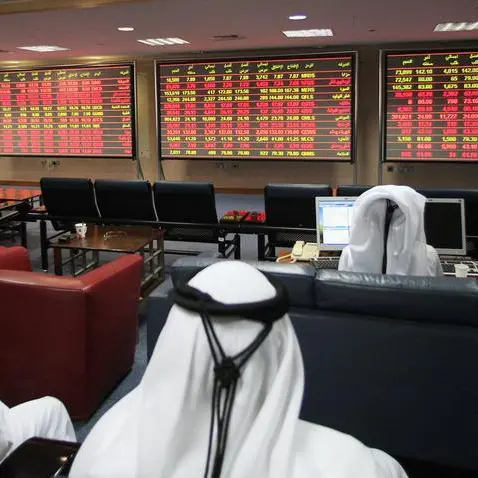PHOTO
The percentage of emerging market firms defaulting on debts due to the impact of the pandemic is expected to be lower than in many mature markets, according to asset management firm, Aberdeen Standard Investments (ASI).
Despite the continuing negative impact of the COVID-19 pandemic, ASI’s investment experts believe this EM corporate resilience should be sustained in 2021 and beyond.
Kathy Collins, Investment Director, Emerging Market Corporate Debt at Aberdeen Standard Investments, said: “The ongoing COVID-19 pandemic has severely impacted economic growth and business activity throughout the world. Reduced revenues and profits have made debt servicing more challenging for more companies and this is reflected in more distressed credits and rising corporate default rates.
“EM corporate debt has not been immune to this trend. However, concerns that emerging market debt issuers might be particularly exposed in this respect are misplaced. Historically the EM corporate debt market has been relatively resilient to past major crises, and this is also evident in default data from the pandemic-hit 2020.”
In 2020, the MEA region reported the lowest number of defaults and many of its currencies are expected to be less affected by global currency weaknesses as they are managed or pegged to the US dollar.
According to a Moody’s report earlier this year, a total of 211 rated corporate issuers defaulted in 2020, more than double the tally (105) for 2019. MEA had the lowest number with just two, followed by Latin America (13) and Asia-Pacific (17) while 141 and 38 corporate defaults were recorded in America and Europe, respectively.
This is against a backdrop of debt issuance by MENA governments reaching an all-time high of $120.7 billion in 2020 and GCC members crossing the $100 billion mark for the first time for issuances, with the $10 billion raised by Qatar’s Ministry of Finance being the largest. The UAE and KSA were the most active issuing countries having secured $40.6 billion and $31.4 billion in bond proceeds, respectively.
Meanwhile, corporate issuance was more muted from the region with gross supply on par with the 2019 peak at $61 billion, though net supply was a very modest at $15 billion. UAE was the largest contributor to supply followed by Saudi Arabia, boosted by the multi-tranche issue of $8 billion by Aramco, Saudi Arabia's largest oil producer. Financials was once again the main contributor with 48 percent of regional supply in 2020.
EM corporate debt levels also remain comparatively modest. One key measure of this is net leverage, which compares the total debt level to annual earnings. A report from JP Morgan states that at end-2020, this ratio was x1.4 for EM corporates – well below the x1.7 for US High Yield debt and less than half of the x2.9 for global Investment Grade corporates.
(Writing by Brinda Darasha; editing by Daniel Luiz)
Disclaimer: This article is provided for informational purposes only. The content does not provide tax, legal or investment advice or opinion regarding the suitability, value or profitability of any particular security, portfolio or investment strategy. Read our full disclaimer policy here.
© ZAWYA 2021











